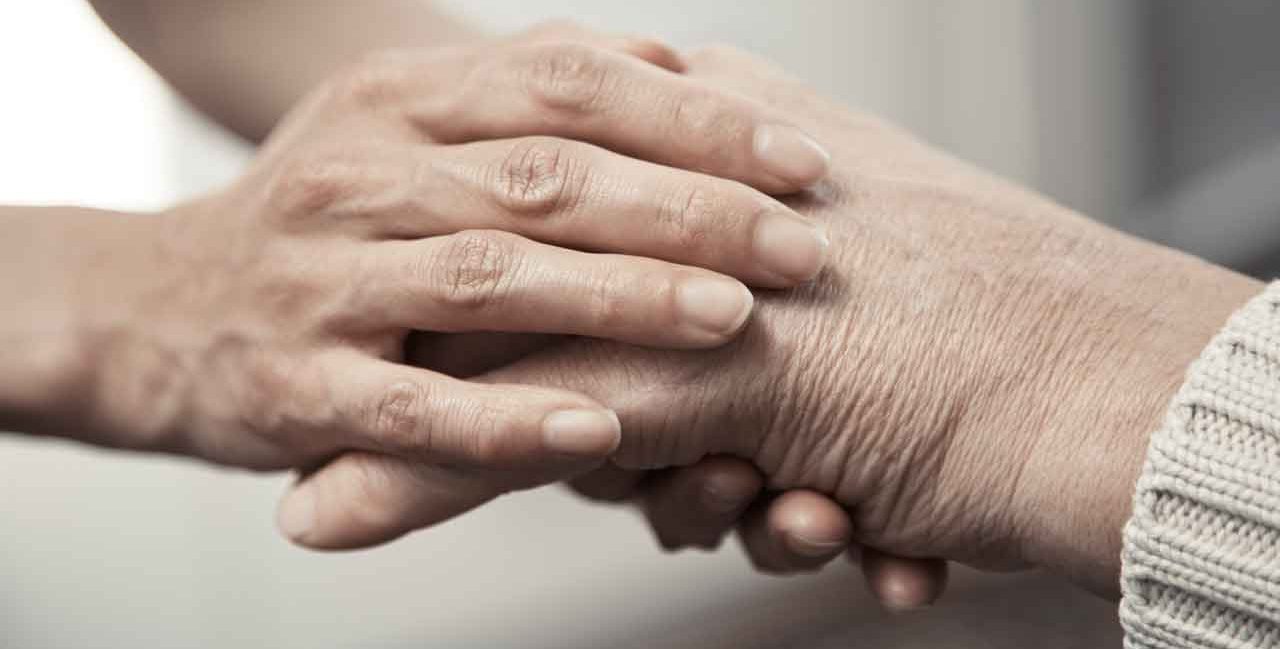Are You Codependent (Caretaking) or a Giver (Caregiving)?

Caretaking, also known as being codependent, is very corrosive and debilitating.
They may seem like the same behavior to you, but caretaking and caregiving are very different.
Caretaking is very corrosive and debilitating. Also known as codependents, caretakers are “turned inside out,” Santa Monica, Calif., marriage and family therapist Darlene Lancer writes at PsychCentral. She also is the author of “Codependency for Dummies.”
“Instead of meeting their own needs, they meet the needs of others, and instead of responding to their own thoughts and feelings, they react to those of others,” Lancer says. “It’s a haywire system, because they have to control others to feel okay, but that just makes matters worse and leads to conflict and pain.”
YOU MIGHT ALSO LIKE: Caregivers Need to Take Care of Themselves
Caregivers, conversely, are aware of and apply self-care with the knowledge that keeping themselves happy enables them to be of true service to others, says Elizabeth Kupferman, a certified counselor in Southlake, Texas.
With caretaking, it can seem that giving of yourself takes precedence, but, in fact, there’s more taking than giving, Lancer says.
When it comes to caretaking and illness, the dynamic seems to come to the fore in a powerful way.
Psychotherapist Diana Denholm, PhD, cared for her seriously ill husband for 11 years and wrote “The Caregiving Wife’s Handbook” based on her experiences. Its lessons can apply to either partner in a relationship.
She says caretaking is doing for someone what they should be doing for themselves, which allows the “caretaker to maintain their weak or inappropriate behavior, ” she writes at Boomer Brief.
Four main signs of caretaking versus caregiving, she adds, are assuming you know what’s best for the person under your care and making sure that happens, “pleasing everyone” but not yourself, “reading your loved one’s mind,” and actually being happy that the ill person depends on you.
“Some caregivers, consciously or subconsciously, make themselves needed and indispensable so their loved ones will remain dependent on them, and them alone,” she says. “This dependence ensures the caregiver's place in the ill person's life.”
Caregivers care – both about the person who needs help and themselves. That’s the main difference.
For a healthy caregiver, it’s difficult to say no. It’s difficult to set limits. Caretakers, however, take it to the limit to fuel their inappropriate behavior. But you have to say no sometimes.
“I think it’s especially difficult… (for a caregiver) to say no to a parent who wants to move in, to say no to unreasonable requests from siblings or paid caregivers, or to bow out of… obligations that are just too much on top of caregiving demands,” Anne Tumlinson, founder of Daughterhood, says to Daily Caring.
But true caregiving involves self-care, and a key to self-care is setting limits on what you do for others no matter who they are.
Just because someone asks you do to something doesn’t mean you have to do it, Tumlinson advises.
She adds that it’s not your job to make others comfortable all the time, “guilt won’t kill you,” you need to set boundaries with yourself, and “your being is more important than your doing.”
“I’ve often felt that I need to do more in order to make up for something I feel is lacking in who I am,” Tumlinson says. “That if I do more that’ll help everyone get past the general concern they all must have about my worthiness.”
You’ll find that’s the case no matter how hard you try because caretaking (versus caregiving) is always about self-perception.
Resources
- Caregiver.com
- The Caregiver Initiative
- Family Caregiver Alliance
- National Alliance for Caregiving
- Caregiver Action Network
- Well Spouse Association
- ARCH National Respite Network and Resource Center
YOU MIGHT ALSO LIKE: Making Caregiving Decisions and Answering Questions
Updated:
April 07, 2020
Reviewed By:
Janet O’Dell, RN